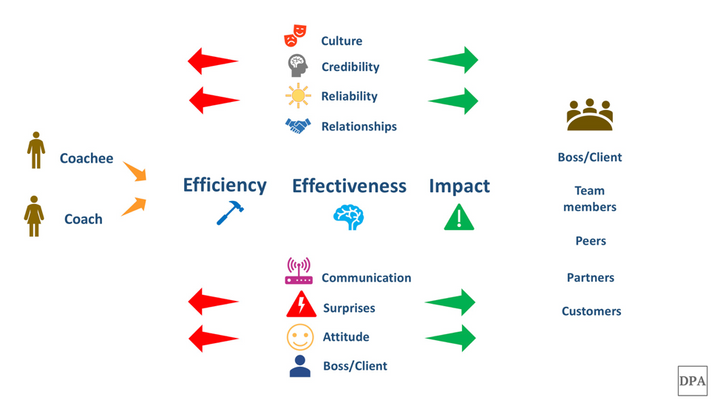Leadership whispering during transformation

While working on a company-wide transformation effort with an outstanding cross-functional team, there were frequent opportunities to engage with leaders and employees about what we were doing, why we were doing it, and how we planned to accomplish our vision.
Before meeting with executive leaders to enroll their support as process owners, we tested our message with the team. Testing helps minimize the perceived threats to a leader’s power and standing in the company and maximizes message effectiveness in achieving the desired outcome. Frequently, a particular team member reminded me that many executives don’t like bright lights and loud noises and that was, he believed, how they usually viewed me when I walked into the room to discuss our collective work.
My straight-talking colleague’s reminder, combined with a story I will relate in a moment, helped me focus on being a leadership whisperer when opinions differed, and emotions ran high.
The changes we asked of leaders in their behaviors, words, and values were profound. That list of requests, for most leaders, is unsettling enough. We quickly learned that knowing the audience required us to step into their shoes before we created and delivered a message to them. An organization’s culture doesn’t transform overnight. Finding better ways to communicate to leaders and employees is a smart way to move past awareness and understanding into acceptance, commitment, and engagement in the cause.
A Leadership Whispering Case Study
The team was recruiting process owners, a crucial step in gaining leadership buy-in to support the kind of organization we were trying to create. We needed the help of a specific VP which would take about 20% of his time. To get that help, we needed to speak to the SVP for that area. In any change effort, there are 20% of the people ready to jump into the fray and lead, 20% that will never be on board, and 60% who are still making up their mind. The SVP I was meeting was in the 60% group.
I walked into his office and wished him a good morning as he closed the door. When he turned around his face was red, and he screamed out, “You’re trying to undermine me with my team and steal my people!” I’m not the best at hiding my emotions, but I checked them on this occasion. I had a larger purpose (i.e., serving the team) and goal (i.e., getting permission to make one of his direct reports a process owner) in mind.
As the SVP continued to elevate his volume, I listened for a few moments and began responding with the lowest, softest tone I could manage. To hear me at all required him to stop yelling. I wasn’t whispering, but I was close to it. As I continued in a soft tone to explain the requirements, the leader’s face returned to its desired color, his voice lowered, and we proceeded with a respectful, professional discussion. At the end of that meeting, the SVP understood the why, what, and how of my request and agreed to provide his VP as a process owner.
Interestingly, as time went on, the SVP became a proponent of the transformation work, leading his team in exercises and speaking on behalf of the effort and its possibilities.
Adjusting our volume and tone
As leaders, we have multiple opportunities to interact with bosses, peers, and employees. As we approach a potentially emotional topic, we can choose to make sure we are having the right conversation with the other person. Most of all, we can adjust our tone to, literally, take the energy out of an argument. Sometimes, as outstanding introverted leaders can appreciate more than the rest of us, not speaking loudly and passionately is the right thing to do to achieve a result.
Takeaway: It seems strange, but adjusting our volume, bass, and treble helps the other person do the same thing. The payoff is restored mutual purpose and mutual respect; enhanced relationships; and outcomes that serve us and the business.


